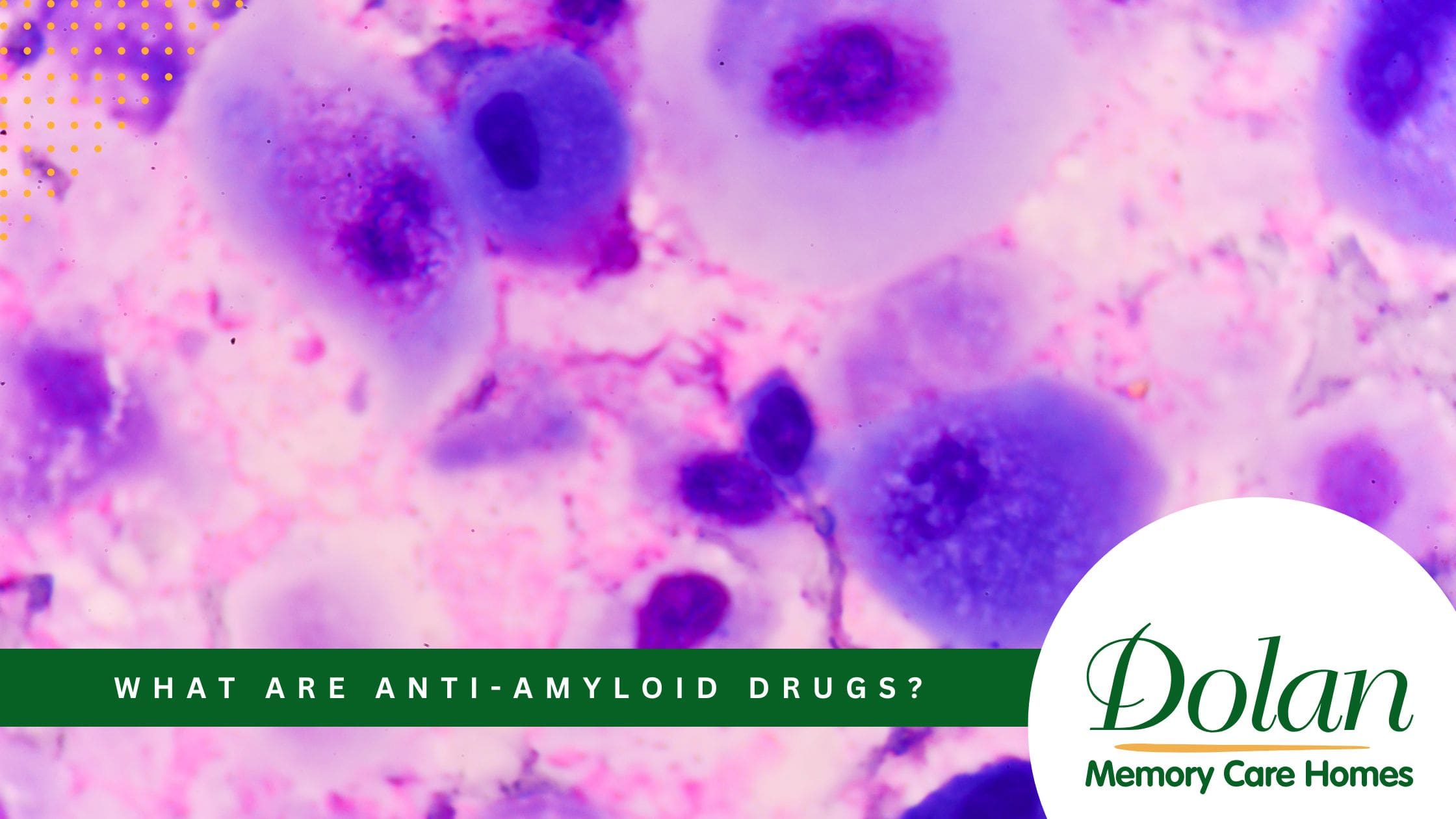One of the biggest challenges any person with dementia faces is the frustrating and debilitating loss of control they experience over nearly every aspect of their life. The fear of this helplessness drives many individuals, specifically older adults, to take every precaution possible to prevent the risk of a dementia. Exercise has long been on the list of preventative measures. Some studies have pointed to aerobic fitness boosting a healthy brain more so than stretching and toning. Now, researchers at Columbia University are delving back into the world of fitness to determine which kinds of aerobic exercise offers the most insulation from dementia.
The human brain is considered to have different types of “matter”: grey matter, white matter and white matter hyperintensities. Gray matter refers to the cerebral cortex, which controls executive functions like memory, thinking and speech. White matter is responsible for helping the different brain regions communicate with each other. Finally, white matter hyperintensities are spots of damage to the white matter. These hyperintensities are commonly found in the brains of older adults.
Over 1,500 adults with an average age of 74 were measured based on an estimation of calories consumed and self-reported levels of activity. Participants were categorized into three groups: vigorous activity, moderate activity, and light activity. Researchers defined activities by intensity. Vigorous activities were sports like running, jogging, and handball. Moderate activities were bicycling, swimming, hiking, and tennis. Light activity referred to dancing, calisthenics, walking, bowling, golfing, horseback riding, and gardening. Individuals were also measured by frequency and duration of activity in addition to intensity.
After gathering this data, participants underwent MRI scans to determine the various levels of grey and white matter, and white matter hyperintensities. Researchers found that individuals who participated in the highest levels of activity had 1.4% more total brain volume than their inactive counterparts.
“[Higher] brain volume is one marker of success, along with cognitive test performance and daily function”, says Dr. Richard Marattoli of the Drorthy Adler Geriatric Assessment Center in New Haven. Dr. Marattoli was not a part of this particular study.
Knowing that physical activity can prevent brain atrophy (the loss of brain cells) empowers individuals of all ages to take action now. Researchers of this study recommend finding activities you enjoy. Find a hobby, class, or exercise you enjoy doing, ideally with a mix of vigorous, moderate, and light intensities. Finding routines of activities a person enjoys doing makes it more likely s/he will maintain them. After all, the key to overall health is consistency.
Dolan Memory Care Homes finds ways to infuse activities of all levels into the daily structure for our residents. Some of the physical activities our residents enjoy and participate in include yoga, dancing, walking club, cycling, gardening, bowling, and more.




